
With COVID-19 still looming, many companies are getting into the hand sanitizer and disinfectant business. Many of those same manufactures are new to the requirements of shipping hazardous materials.
Shipping hazardous materials is complex, even for the seasoned shipper. Imagine how overwhelming the regulations are when you are a novice! One of the areas I have noticed is surrounding the proper shipping name, specifically for hand sanitizers and disinfectants.
Let’s review our options.
The premise is the same regardless if you are shipping by ground using 49 CFR or TDG, or if you are shipping with IATA for air or IMDG for ocean.
Have a look at the List/Table/Schedule where the UN number proper shipping name are found. So, where do you start? The goal is to find the best match that identifies the hazards of the chemical or product.
The order of preference for choosing a shipping name is going from a specific to a generic name. It is a hierarchical approach. You would start with pure chemicals, then move to chemical families, product usage and finally a generic name when all else fails to match what you are shipping. Generic names based on the hazard of the material are the last option since they don’t give much information about the material.
Let’s look at a few examples:
Product A has Ethanol present at 70%, there are no other hazardous ingredients.
The best choice in this case would be UN1170 Ethanol. It clearly identifies the product and its hazards.
Product B has Ethanol present at 70% and Isopropanol at 10%, with no other hazardous ingredients.
In this case, the chemical family is a good choice. UN1987, Alcohols, N.O.S.
Product C has Ethanol present at 70%, Ethyl Acetate (a class 3) at 5% and D’Limonene at 5% (also a class 3); there are no other hazardous ingredients.
In this case, Product C would need to use a generic name, because each of the hazardous ingredients are not in the same family, so UN1993 Flammable Liquid, N.O.S. would be used.
The other option that could be used is the product use. In my example, there is no product use for hand sanitizers or disinfectants, shipping name that would apply.
Choosing the correct shipping name is essential for a compliant package. As always, training is essential to understanding the regulations, and of course, contacting ICC for expert advice whenever you need assistance or just reassurance that your classification is correct.
We have all the products, services and training you need to ensure your staff is properly trained and informed.

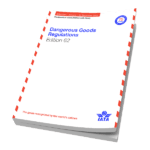
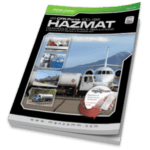
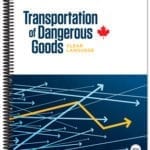
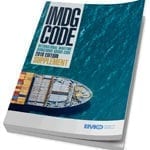


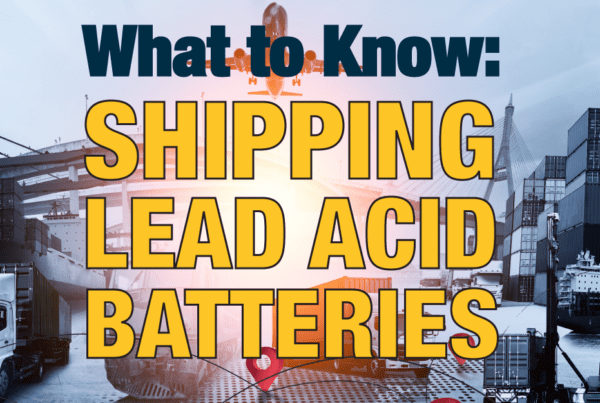


 ICC USA
ICC USA ICC Canada
ICC Canada